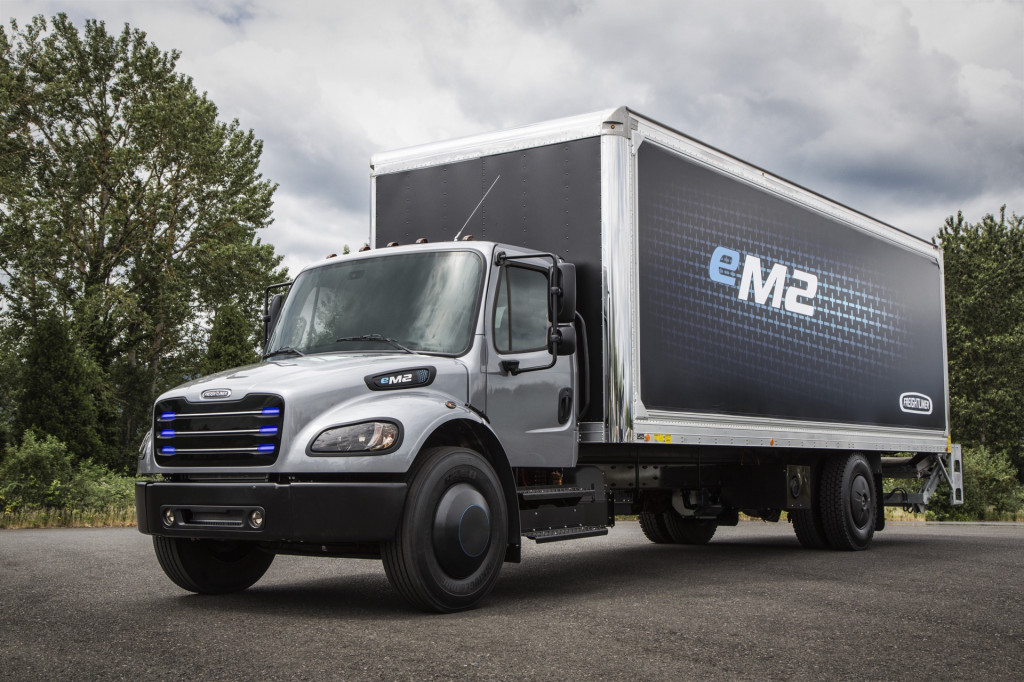Electric cars get the most attention, but passenger vehicles aren't the only vehicles on the road. A shift to electric trucks and buses in urban areas could prevent more than 57,000 premature deaths by 2050, according to a new Environmental Defense Fund study.
Heavy-duty trucks and buses are a major source of air pollution, with the health burden falling disproportionately on people of color and low-income families, an Environmental Defense Fund press release noted.
These vehicles only represent about 4% of total vehicles on the road in the United States, but they are the largest generators of nitrogen-oxide pollution and particulate matter, and produce more air pollution annually than the entire nation of Australia, according to the Environmental Defense Fund.
Poorer neighborhoods tend to be situated closer to highways, ports, and freight depots, amplifying the health risk, the group noted.
The study found that stricter emissions standards eliminating pollution from freight trucks used in urban areas by 2035, and all new trucks and buses by 2040, would eliminate 10 million tons of nitrogen-oxide pollution, and 200,000 tons of particulate matter, by 2050.

Freightliner eM2 electric short-haul truck
The group noted that electric trucks and buses haven't gained traction as quickly as electric cars, but momentum is building.
Study results were released the same day that 23 companies and business groups submitted a letter to the California Air Resources Board (CARB) supporting rules mandating electric trucks in the state.
California has already mandated electric trucks by 2045, a goal that will be implemented in phases starting in 2024. It's also part of a 15-state coalition moving to make all heavy-duty trucks electric by 2050.
Among fleet operators, FedEx announced earlier this week that it will only purchase EVs from 2030 on, and by 2040 will have an all-EV fleet. A handful of manufacturers—such as Proterra and BYD—are currently selling electric buses in the U.S., but orders have been fairly small-scale so far.
However, only 10% of the new fleet of mail trucks announced by the U.S. Postal Service last week will be electric. Charging infrastructure also remains a barrier for the largest commercial trucks. Just like electric cars, electric trucks will need a network of charging stations in order to be an effective replacement for current diesel trucks.












